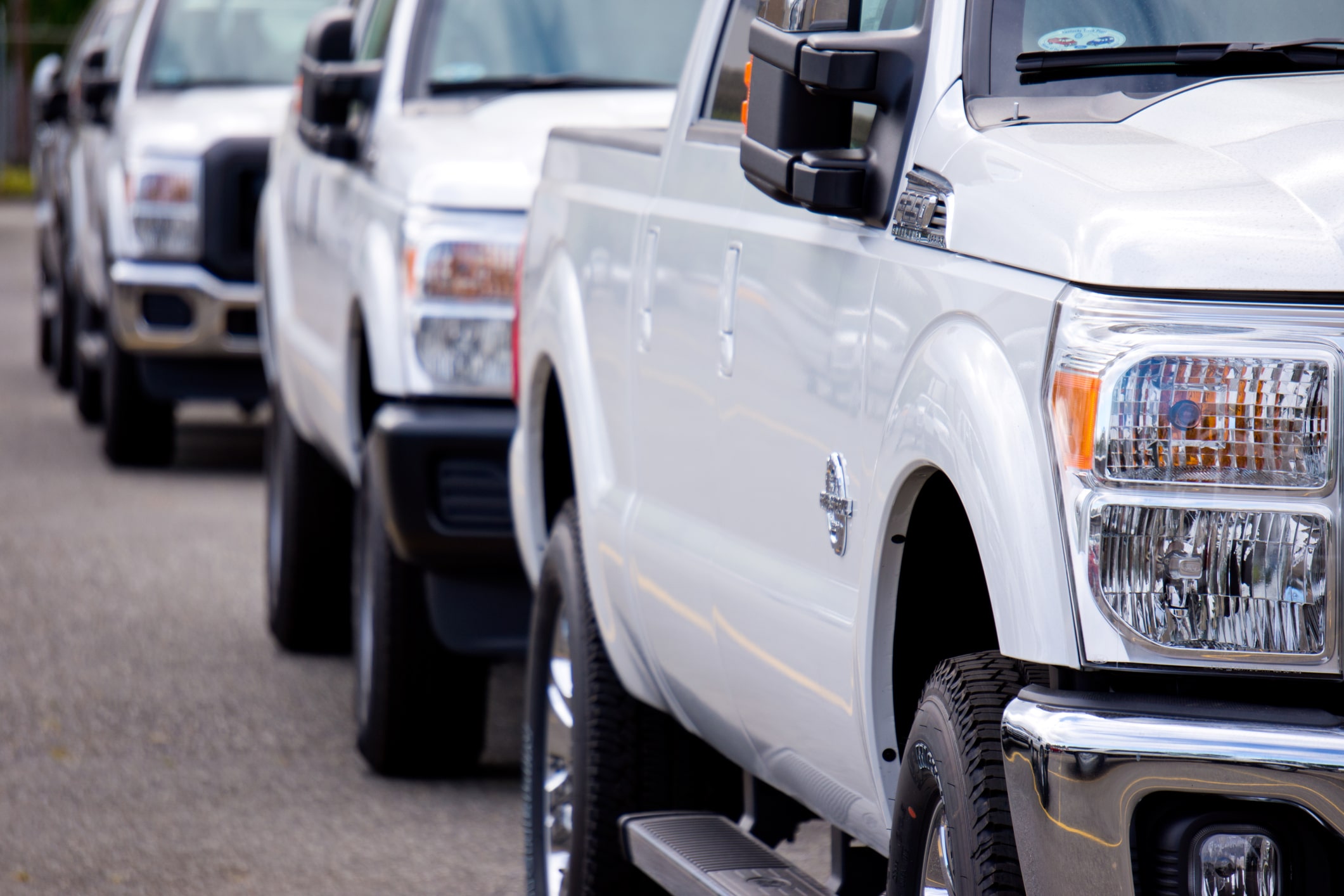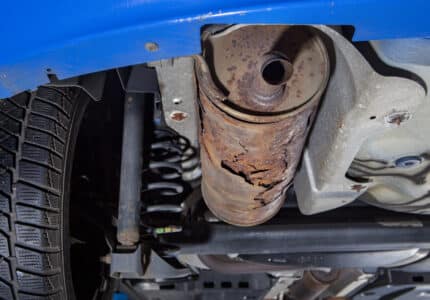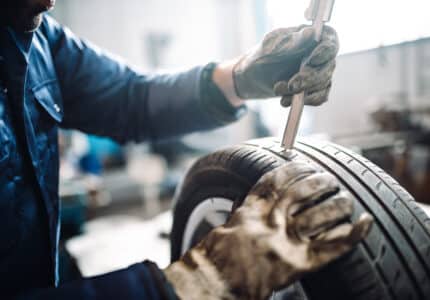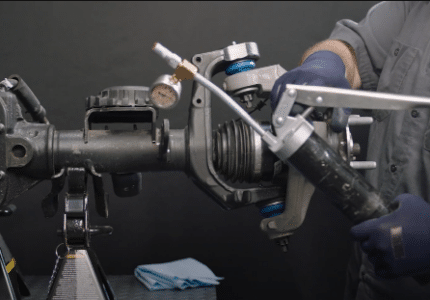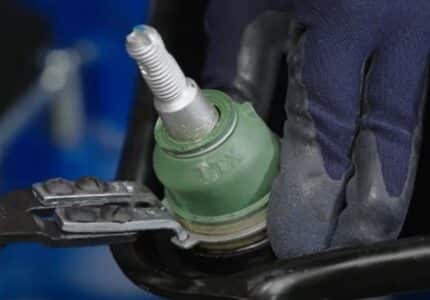Tool or Transport? Why Working Vehicles Need the Right Replacement Parts
Some vehicles go far beyond transport to being tools for work, such as fleet and working vehicles. Today’s hard-working vehicles are no longer just cargo vans or heavy-duty trucks, they can be vehicles of all different types and sizes. In fact, the increased demand for delivery services brought on by Covid-19 means more working vehicles are on the road, being put through their paces day in and day out. They may not have been originally built to take such punishment, like a Toyota Corolla that is used as a ride share vehicle, so their replacement parts need to be able to handle their new purpose.
Watch the on-demand webinar to see how the right replacement parts will maximize the uptime of these vehicles and keep them working (and earning) longer.
Fleet and Working Vehicles Face Many Demands and Challenges
Working vehicles, such as emergency service vehicles, snowplows, tow trucks and high rails, are used for everything from hauling weight to carrying equipment on or off road. Fleet vehicles, such as delivery vans, police vehicles, taxis and personal delivery vehicles, are on the road every day, making frequent starts and stops. In addition to these demanding environments, fleet and working vehicles also face:
> Increased operating time
> Delayed maintenance
> Overloading conditions
> Poor road conditions
> The rush, rush, rush factor
In most cases, the operator is not the owner and may not put as much TLC into the vehicle as they should. They may even be extending the maintenance intervals to avoid downtime, especially when downtime can be more costly than a repair.
Without regular and frequent maintenance, however, steering and suspension components will wear down, so it’s important to choose parts that are designed to perform stronger and last longer.
Choosing the Right Replacement Parts
Consider replacement parts that come with engineered upgrades, including:
Ball joints: These should have upgraded internals, such as increased ball stud diameters and upper and lower sintered metal bearings, not polymer, to withstand heat and wear. They should also be greaseable and have upgraded dust boots to protect them from contamination.

Control arms: These should have upgraded frames and thicker metal forgings for increased strength and reduced flexing.
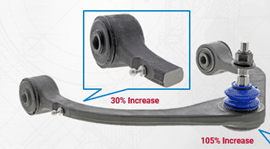
Stabilizer links: These should be built as tough as possible with thicker connecting rods.
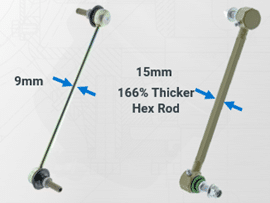
Simplified Installation Reduces Downtime
Choose parts that come with tools and hardware in the box to make repairs faster and easier. This helps shorten the downtime during repairs and gets hard-working vehicles back on the job quickly.
Summary
Fleet and working vehicles are more common than ever before. These vehicles wear through parts at a higher rate than normal, and downtime can be a costly consequence. It’s important to choose parts like Mevotech TTX™ that are engineered to address the specific challenges these vehicles face. Watch the on-demand webinar to see them in action.
